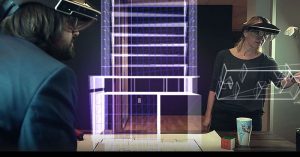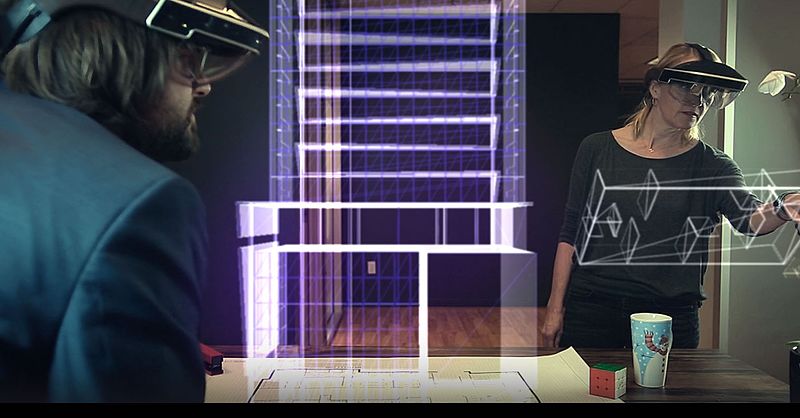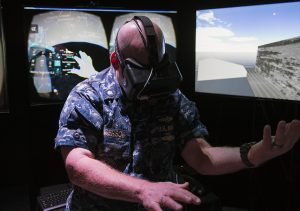What Place Does Virtual Reality Have in Product Design?

Virtual reality is a growing industry that is completely changing the video game world, but does it have any application in the product design process?
Computer-aided design and other technologies have become essential to our everyday lives as engineers, but we aren’t strapping on headgear and fully emerging into VR design quite yet… well maybe you’re not. Virtual Reality (VR) is making headway in the design realms by allowing engineers to work in a fully 3D and fully immersive design space. Instead of clicking with a mouse, you now have the capability of designing complex and professional components, all with your hands.
When you design something, the key is to get from point A to B and accomplish a task in between. Engineers back in the day would design products by hand. Their point A was a blank sheet of paper and their point B was a completed design sheet. For modern engineers, point A is likely a blank CAD file and point B may actually be point C, D, or F. Problems inevitably arise in the design process, partially due to our limited viewpoint behind the computer screen. With VR in the picture, engineers become like children on the playground, able to play with something until it is exactly as you like.
Looking deeper into what engineers need to consider in the design process, virtual reality applications go far beyond simply the molding and forming of a component. For most mechanical engineers, the parts they design are intended to move and interact with other parts. Imagine if you were able to organically layout all of your part assemblies in VR, right in front of you, and see how they interact in their intended (or unintended) movement. It seems like science fiction to imagine a design scenario like this, but it is slowly becoming science non-fiction. Much like additive manufacturing and 3D printing is revolutionizing the manufacturing world, VR has the ability to transform the design world.
VR on premise has some drawbacks in the engineering design process, but only when you look at the technology from a static point of view. Imagining your VR experience as a fully immersive molding and design experience is great and all, but what if you have to add fine dimensions and sharp detail? VR doesn’t just have the capability of allowing you to design a product with your hands, but you can fully integrate your current workspace into the VR world. You could wear a VR lense just sitting at your desk, and instead of exporting your design to a rapid prototyper, you could export it to your VR world. A 3D animation of your component would appear floating above you, true rapid prototyping.
Engineers in the field are already utilizing VR to lay out machine rooms, visualize assemblies when components aren’t available, and a whole slew of other innovative immersive experiences. Let’s face it, the production process is an expensive one. VR keeps you from having to iterate the production of a part, and brings that whole process into a seemingly real design world.
Imagine that.
The post What Place Does Virtual Reality Have in Product Design? appeared first on Inventor Official Blog.
Industries


Sign Up to get our monthly news Letter
About Us
All Rights Reserved | Mitchell and Son Additive Manufacturing Ltd | Registered Company in England and Wales | Company Number : 12038697
| Public Liability Insurance no. 14615097
Insurer: AXA XL












